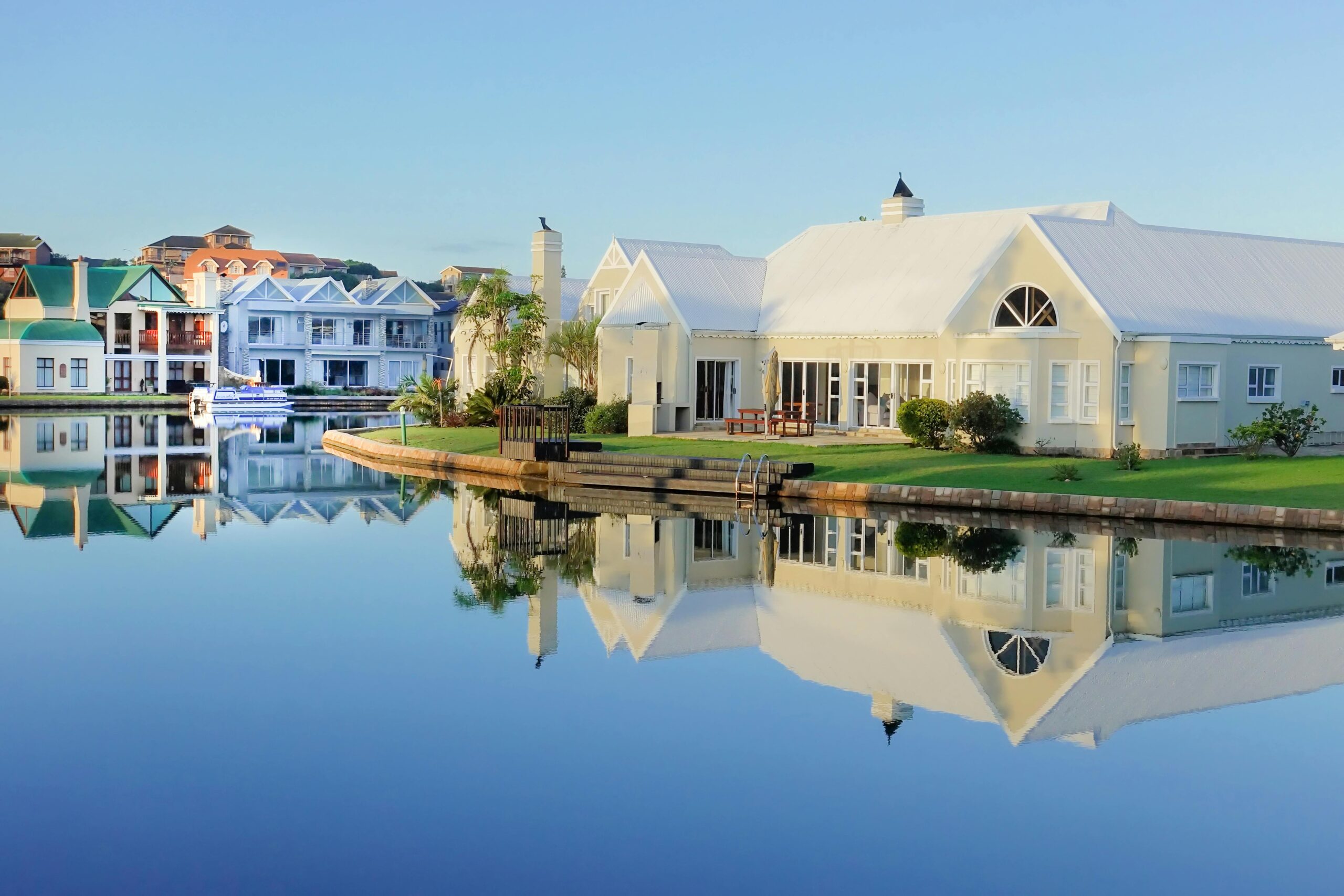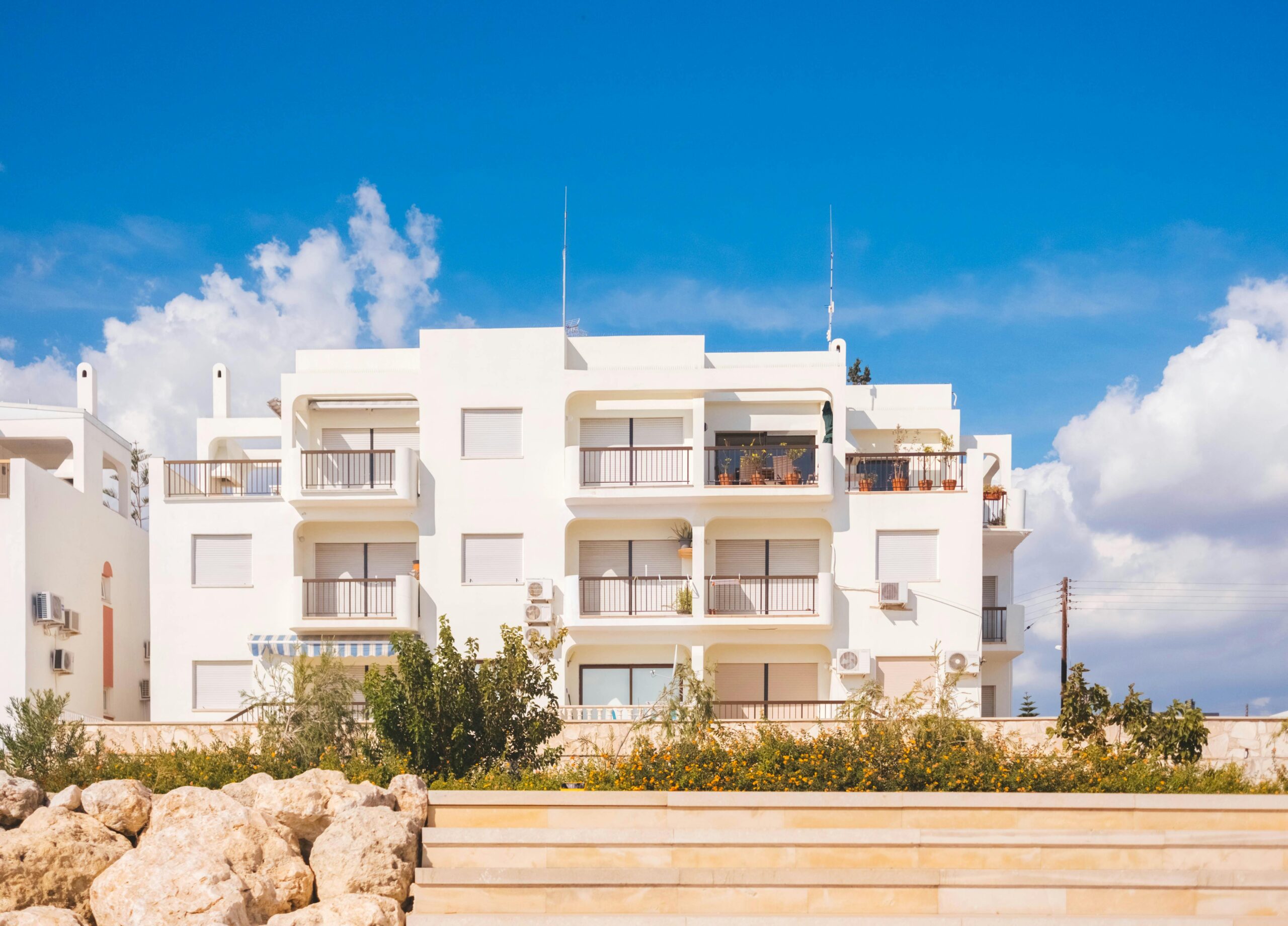
As 2025 approaches, the U.S. luxury real estate market is shifting in fascinating ways, driven by evolving preferences of ultra-high-net-worth individuals (UHNWIs). These trends not only reveal the desires of seasoned investors but also provide valuable insights for first-time homebuyers stepping into the luxury space. From technological innovations to eco-conscious designs, here’s what’s shaping the luxury housing market in 2025.
The Rise of Smart Homes
UHNWIs are prioritizing properties equipped with state-of-the-art technology. Smart homes in 2025 are more than just voice-activated assistants; they integrate advanced AI to manage energy consumption, provide enhanced security, and create personalized living experiences.
Features like automated climate control, biometric entry systems, and AI-driven concierge services are becoming standard. These homes aren’t just convenient—they align with a tech-savvy lifestyle that values efficiency and control.
Sustainable and Eco-Luxury Living
Sustainability is no longer a niche concern. Eco-luxury is a dominant trend in 2025, with UHNWIs demanding properties that minimize environmental impact.
Homes with net-zero carbon footprints, solar energy systems, and reclaimed materials are highly sought after. Buyers are also looking for certifications like LEED (Leadership in Energy and Environmental Design), which demonstrate a commitment to sustainable building practices.
Water conservation features, such as graywater systems and drought-resistant landscaping, are particularly popular in states like California and Nevada, where water scarcity remains a concern.
Privacy and Seclusion as Priorities
In a world of increasing connectivity, privacy is a precious commodity. Luxury buyers are prioritizing estates with gated entries, large lots, and strategic landscaping to ensure seclusion.
High-net-worth individuals are also investing in “dual-purpose” homes—properties that serve as both private residences and secure retreats. These include amenities like panic rooms, advanced surveillance systems, and private road access.
The Growth of Wellness-Centric Design
Wellness has become a defining feature of luxury living. From in-home spas and yoga studios to advanced air and water filtration systems, these features cater to health-conscious buyers.
Biophilic design, which incorporates natural elements like indoor gardens and expansive windows, is another hallmark of 2025 luxury real estate. Such homes aim to enhance mental well-being by creating a seamless connection to nature, even in urban settings.
Prime Locations with Unique Appeal
Location remains a cornerstone of luxury real estate, but the definition of “prime” is evolving. While traditional hotspots like Beverly Hills, Manhattan, and Miami Beach still dominate, emerging areas with unique characteristics are gaining attention.
For instance, the mountain towns of Aspen and Jackson Hole are attracting buyers for their blend of natural beauty and luxury amenities. Similarly, urban neighborhoods that offer walkability, boutique dining, and cultural experiences—such as Austin’s SoCo district or Nashville’s Gulch—are becoming magnets for UHNWIs.
The Popularity of Branded Residences
Branded residences are experiencing a surge in demand. These are homes associated with high-end brands like Four Seasons, Ritz-Carlton, and Aston Martin.
What makes these properties attractive is the assurance of quality, exclusive amenities, and a lifestyle that reflects the prestige of the brand. Branded residences often come with access to five-star hotel services, including concierge, housekeeping, and fine dining, creating a seamless blend of home and luxury resort.

Investment in Second Homes
Many UHNWIs are expanding their portfolios by purchasing second (or third) homes in destination locations. From oceanfront villas in Malibu to ski-in/ski-out chalets in Colorado, the appeal lies in owning properties that double as vacation retreats.
For investors, these homes also provide opportunities for income generation through high-end rental programs. Platforms like Inspirato and other luxury vacation networks make it easier to monetize second homes while maintaining exclusivity.
First-Time Buyers in the Luxury Market
Although the luxury market is often associated with seasoned investors, an increasing number of first-time buyers are entering this space. Younger professionals, particularly from the tech and finance sectors, are gravitating toward properties that combine convenience, luxury, and community.
Developers are responding with smaller, ultra-modern homes in gated communities, offering entry-level access to luxury living. These properties are perfect for first-time buyers who value lifestyle and functionality over sheer size.
The Role of Architecture and Design
Timeless architecture is always in demand, but 2025 sees a shift toward bold and innovative designs.
Architects are experimenting with sculptural forms, minimalist aesthetics, and seamless indoor-outdoor living spaces. Buyers are also seeking homes with unique stories—historic estates with modern upgrades or custom builds tailored to their exact specifications.
A Focus on Security and Resilience
Beyond privacy, security is a critical factor for UHNWIs. Luxury buyers are investing in homes with advanced safety features, from hurricane-resistant construction to fireproof materials.
Properties in areas prone to climate risks, such as coastal regions or wildfire zones, are being equipped with features like flood barriers, backup generators, and reinforced structures. These investments ensure peace of mind for buyers and protect the long-term value of the property.
The Integration of Work and Leisure
With hybrid work models becoming the norm, luxury homes now blend functionality with leisure. Dedicated home offices with top-tier connectivity, soundproofing, and ergonomic design are staples in 2025.
At the same time, properties offer unparalleled entertainment options, including home theaters, wine cellars, and infinity pools. The goal is to create an environment where owners can seamlessly transition between productivity and relaxation.
Navigating the Luxury Market in 2025
For first-time buyers and seasoned investors alike, navigating the luxury market requires a clear understanding of emerging trends and shifting buyer priorities.
- Work with Specialists: Partnering with real estate agents who specialize in luxury properties ensures access to exclusive listings and expert advice.
- Understand Long-Term Value: Look for features and locations that align with long-term investment potential, including eco-friendly designs and emerging hotspots.
- Tailor to Your Lifestyle: Whether it’s wellness amenities or smart home technology, focus on properties that match your lifestyle and future needs.
The luxury real estate market in 2025 is a dynamic landscape shaped by technology, sustainability, and lifestyle trends. For UHNWIs, it’s about finding properties that reflect their values and aspirations. For first-time buyers, it’s an opportunity to step into a world of unparalleled comfort and sophistication.
Whether you’re purchasing your dream home or diversifying your portfolio, understanding these trends will help you make informed decisions in the year ahead. The key is to prioritize what matters most to you—be it privacy, innovation, or investment potential—and find a property that delivers on all fronts.




